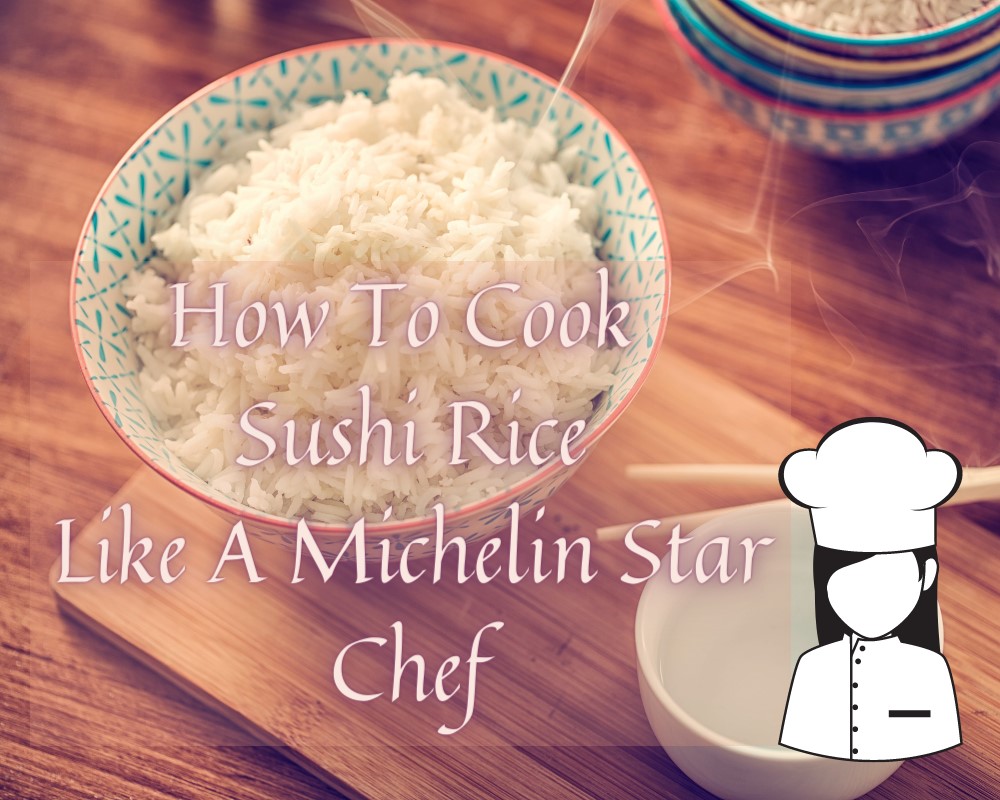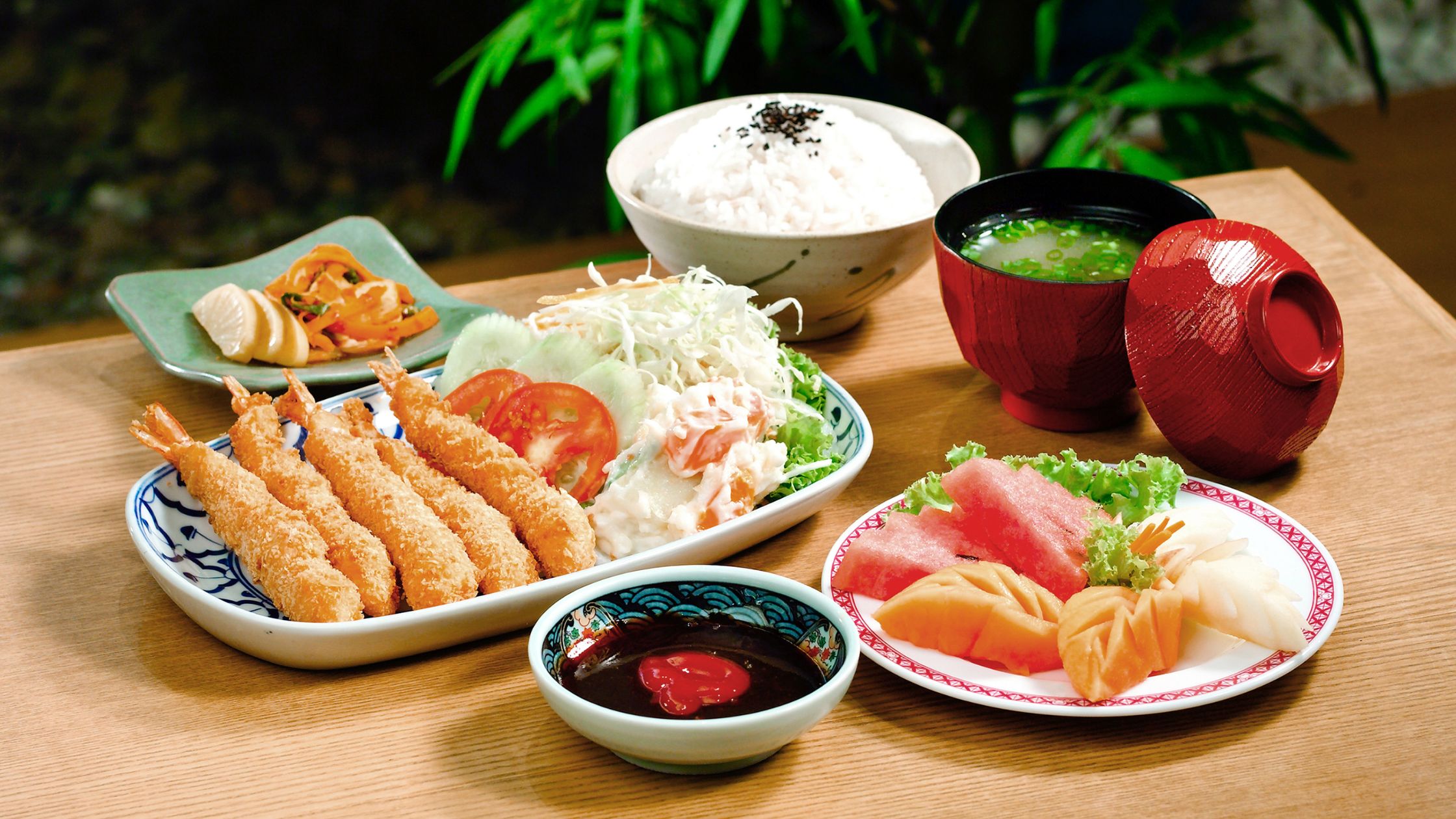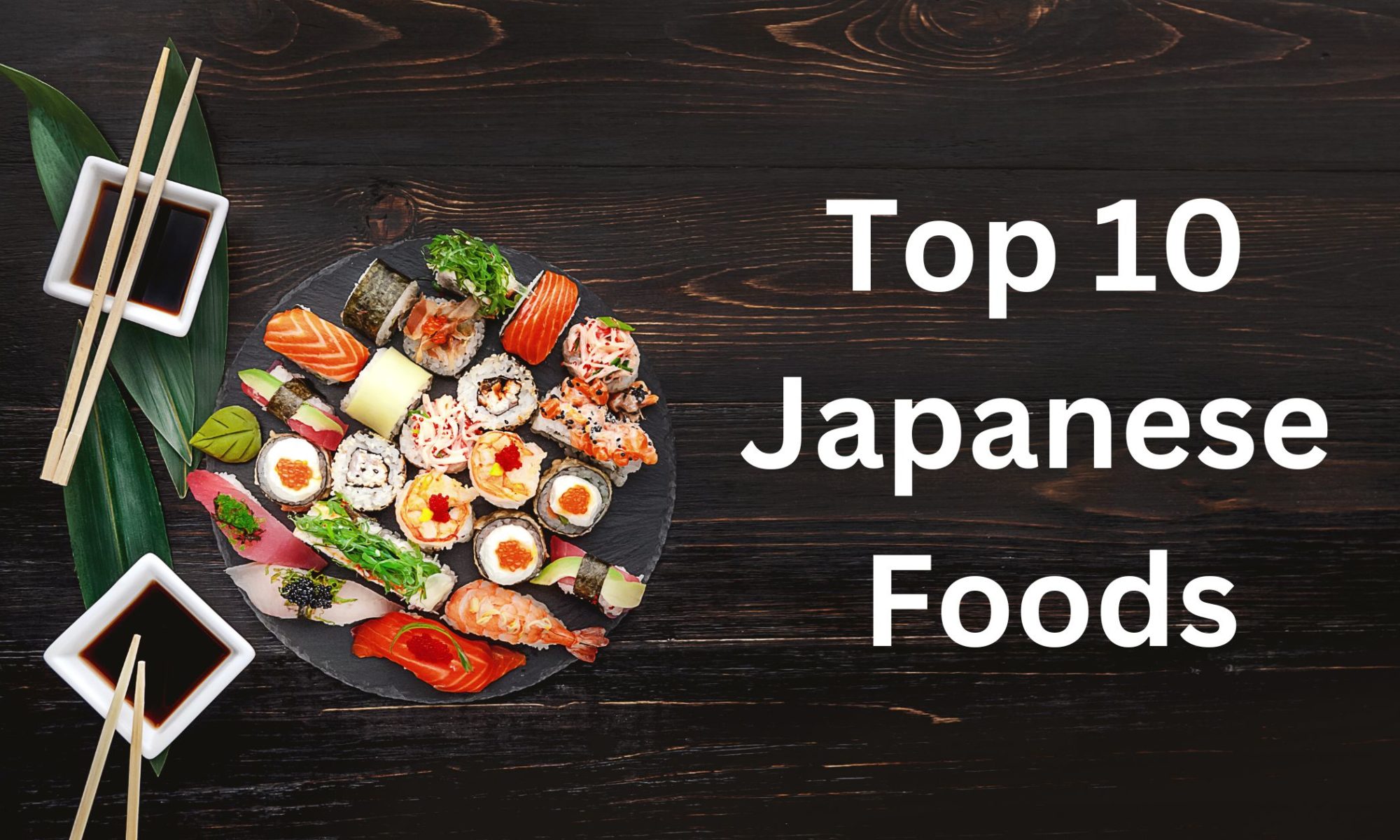Japanese cuisine is renowned worldwide for its meticulous preparation, fresh ingredients, and exquisite flavors. From delicate sushi rolls to hearty bowls of ramen, the culinary traditions of Japan have captivated food enthusiasts around the globe. In this article, I will take a brief journey through the top 10 Japanese foods, each offering a unique and unforgettable experience for your taste buds.
Taste of Japan: The Ultimate Top 10 Japanese Foods
Sushi:
Sushi is a famous Japanese dish consisting of vinegared rice combined with various ingredients. The rice is seasoned with a mixture of rice vinegar, sugar, and salt, giving it a tangy and slightly sweet flavor. It is often paired with fresh seafood like tuna, salmon, shrimp, or eel, but can also include vegetables or egg. Sushi can be enjoyed in various forms, including nigiri (a small rice ball with a topping), maki (sushi rolls wrapped in seaweed), or temaki (hand rolls). It is commonly served with soy sauce, wasabi (a spicy green paste made from Japanese horseradish), and pickled ginger.
Also Read: How To Cook Sushi Rice Like A Michelin Star Chef

Ramen:
Ramen is a popular Japanese noodle soup dish that originated in China and was adapted to suit Japanese tastes. It typically consists of wheat noodles served in a flavorful broth. The broth can be made from various bases such as pork bones (tonkotsu), soy sauce (shoyu), miso paste (miso ramen), or salt (shio ramen). Ramen is often topped with slices of tender chashu (braised pork), bamboo shoots, soft-boiled eggs, nori (seaweed), and green onions. It is a hearty and satisfying comfort food that is enjoyed by people of all ages.
Tempura:
Tempura is a popular Japanese dish where seafood, vegetables, or other ingredients are lightly coated in a batter and deep-fried until crispy. The batter is made from a mixture of wheat flour, ice-cold water, and sometimes egg. The result is a light and delicate coating that contrasts with the natural flavors of the ingredients. Common items used in tempura include shrimp, squid, fish, eggplant, sweet potato, and mushrooms. Tempura is typically served with tentsuyu, a dipping sauce made from soy sauce, mirin (sweet rice wine), and dashi (fish stock). It is often enjoyed as a side dish or part of a larger meal.

Yakitori:
Yakitori is a popular Japanese skewered and grilled chicken dish. It consists of small pieces of chicken, including various cuts like thigh, breast, liver, and skin, skewered on bamboo sticks and grilled over charcoal or an open flame. The chicken is basted with a sauce called tare, which is typically made from soy sauce, mirin, sugar, and sometimes sake. The grilling process caramelizes the sauce and imparts a smoky flavor to the tender and juicy chicken. Yakitori is commonly enjoyed as a street food or in izakayas (Japanese pubs), and it is often served with a side of salt or a sprinkle of shichimi togarashi (Japanese seven-spice blend).
Okonomiyaki:
Okonomiyaki is a savory pancake-like dish that originated in Osaka. The name itself translates to “grilled as you like it,” emphasizing its customizable nature. The batter for okonomiyaki typically consists of flour, grated yam, eggs, and shredded cabbage, which gives it a light and fluffy texture. Additional ingredients such as thinly sliced pork, seafood (such as shrimp or squid), vegetables (like green onions or cabbage), and even cheese can be added to the batter. The mixture is cooked on a griddle or hotplate, and once it’s flipped, it is topped with a variety of condiments such as okonomiyaki sauce (similar to Worcestershire sauce but sweeter), mayonnaise, dried bonito flakes, and aonori (seaweed powder). Okonomiyaki is often enjoyed as a casual street food or in specialized restaurants where customers can cook it themselves at a table grill.
Sashimi:
Sashimi is a delicacy that consists of thinly sliced, raw seafood or fish. The emphasis is on using the freshest and highest-quality ingredients. The slices are carefully cut to highlight the natural flavors and textures of the seafood. Common types of sashimi include tuna, salmon, yellowtail, and octopus. It is often served with wasabi (Japanese horseradish), soy sauce for dipping, and grated daikon radish. Sashimi showcases the purity of flavors and the art of precise knife skills in Japanese cuisine.

Udon:
Udon is a type of thick and chewy wheat noodle that is commonly used in Japanese cuisine. It is known for its satisfying texture and versatility. Udon noodles are often served in a hot soup made from dashi (fish stock) and soy sauce, creating a savory and umami-rich broth. Popular udon variations include kitsune udon (with sweet fried tofu), tempura udon (with crispy tempura toppings), and nabeyaki udon (served in a hot pot with various ingredients). Udon is a comforting and filling dish enjoyed throughout the year.
Tonkatsu:
Tonkatsu is a beloved Japanese dish consisting of breaded and deep-fried pork cutlet. The pork is tenderized, coated in flour, egg, and panko breadcrumbs, and then fried until golden and crispy. Tonkatsu is typically served with a tangy and thick tonkatsu sauce, which has a flavor similar to Worcestershire sauce but with a sweeter and fruitier taste. It is commonly accompanied by a side of shredded cabbage and a bowl of rice. The combination of juicy meat and crispy coating makes tonkatsu a satisfying and indulgent treat.
Miso Soup:
Miso soup is a staple in Japanese cuisine, often served as a side dish with meals. It is made from fermented soybean paste called miso, which adds a unique and savory flavor to the soup. The base of miso soup is typically dashi, a Japanese stock made from kombu (kelp) and bonito flakes (dried fish flakes). Additional ingredients such as tofu, seaweed, green onions, and seasonal vegetables are added to enhance the flavor and texture. Miso soup is warm, comforting, and considered a nutritious part of a Japanese meal.
Also Read: The Chef’s Tutorial for The Perfect Miso Soup Recipe

Matcha:
Matcha is a powdered green tea that holds a significant place in Japanese culture. The tea leaves are specially grown and processed, then ground into a fine powder. Matcha is prepared by whisking the powder with hot water until it becomes frothy. It has a distinctive grassy and slightly bitter taste. Matcha is not only enjoyed as a beverage but also used in various culinary creations, such as matcha-flavored desserts like ice cream, cakes, and mochi. It is revered for its vibrant green color, health benefits, and its role in traditional tea ceremonies.
Each of these top 10 Japanese foods showcases the unique flavors, techniques, and cultural heritage of Japan’s culinary traditions. Exploring these dishes is not only a delightful culinary experience but also an opportunity to appreciate the artistry and depth of Japanese cuisine.
If you want to taste real Japanese foods visit Sanraku Japanese Restaurant.

